In the ever-evolving world of CNC machining, 5-axis machines stand out as a revolutionary technology that has transformed manufacturing. These machines offer unparalleled precision, efficiency, and flexibility, making them an essential tool for industries requiring intricate designs and superior quality. But what exactly is a 5-axis machine, and how does it differ from other CNC equipment? Let’s dive into the details.
Understanding the Basics: What is a 5-Axis Machine?
A 5-axis CNC (Computer Numerical Control) machine is a type of machining center capable of moving a tool or workpiece along five axes simultaneously. The term "axes" refers to the directions in which the machine can cut or mill material. These axes are:
- X-axis: Moves left and right.
- Y-axis: Moves forward and backward.
- Z-axis: Moves up and down.
- A-axis: Rotates around the X-axis.
- B or C-axis: Rotates around the Y-axis or Z-axis.
This multi-directional capability allows the machine to create highly complex parts in a single setup, significantly reducing production time and improving accuracy. If you’ve ever wondered how industries manufacture intricate parts like turbine blades, medical implants, or custom car components, the answer often lies in the capabilities of a 5-axis machine.
Why Are 5-Axis Machines So Special?
The magic of 5-axis machining lies in its ability to do more with less effort. Here are a few reasons why it stands out:
1. Handles Complex Parts
From curved surfaces to intricate geometries, 5-axis machines can create parts that would be nearly impossible with older machines. Industries like aerospace and medical rely on this technology for components requiring absolute precision, such as jet engine turbines or custom prosthetics.
2. Fewer Setups, More Accuracy
With a 3-axis machine, the workpiece often needs to be repositioned multiple times to cut from different angles. Each reposition introduces room for error. A 5-axis machine eliminates this by machining the part from all angles in a single setup, enhancing both speed and precision.
3. Improved Surface Finishes
When cutting along curved surfaces, the continuous movement across five axes ensures smoother transitions and better surface quality. This is particularly critical for molds, prosthetics, and components where every detail matters.
4. Saves Time and Money
By consolidating multiple operations into one setup, 5-axis machining reduces production time and lowers costs associated with fixtures, labor, and errors.
Types of 5-Axis Machines: Which One Does What?
Not all 5-axis machines are the same. They come in two main styles:
1. Trunnion Style
- The table holding the workpiece tilts and rotates to provide the additional axes.
- Best for smaller, intricate parts that require detailed work.
2. Swivel Head Style
- The cutting tool itself moves along the additional axes instead of the table.
- Ideal for large and heavy components, as the workpiece remains stationary.
Both styles have their strengths, and the choice often depends on the size, weight, and complexity of the parts being manufactured.
Applications of 5-Axis Machining
Thanks to their versatility, 5-axis machines are used across a wide range of industries:
- Aerospace: Manufacturing turbine blades, engine components, and complex structural parts.
- Automotive: Producing mold tooling, custom car parts, and intricate mechanical components.
- Medical: Creating surgical instruments, implants, and prosthetics with life-saving precision.
- Energy: Machining components for wind turbines, pipelines, and energy plants.
These machines not only meet the demands for complex geometries but also ensure the high-quality standards required in these industries.
How Do 5-Axis Machines Compare to 3-Axis and 4-Axis Machines?
Let’s simplify it with a quick comparison:
| Feature | 3-Axis | 4-Axis | 5-Axis |
|---|---|---|---|
| Movement Directions | X, Y, Z | X, Y, Z, A/B | X, Y, Z, A, B/C |
| Part Complexity | Simple | Moderate | Complex |
| Setup Time | High | Moderate | Low |
| Best For | Basic machining | Mid-range designs | High-precision parts |
While 3-axis machines are suitable for simpler designs and 4-axis machines add some rotational freedom, only a 5-axis machine offers the complete flexibility needed for the most intricate and demanding parts.
Should You Invest in a 5-Axis Machine?
If your business requires high precision, intricate geometries, or faster production cycles, investing in a 5-axis machine could be a game-changer. However, here are a few considerations:
- Costs: The initial investment is higher than 3-axis machines, but the return on investment comes through efficiency, quality, and reduced production time.
- Skill Requirements: Operating a 5-axis machine requires skilled operators and advanced programming knowledge. Training your team is an essential part of this transition.
- Software Compatibility: Make sure your CAM (Computer-Aided Manufacturing) software supports 5-axis programming for seamless integration into your workflow.
The Future of Manufacturing
As industries continue to push the boundaries of design and engineering, 5-axis CNC machines will remain at the forefront of innovation. Whether it’s making lighter airplane parts, safer medical devices, or more efficient energy solutions, these machines are shaping the future.
By investing in 5-axis technology, companies can stay ahead of the competition and meet the growing demand for high-quality, innovative products. If your business offers 5-axis machining services or machines, now is the time to showcase your expertise, educate your audience, and position yourself as a leader in the field of advanced manufacturing.
The possibilities with 5-axis machining are endless—and this is just the beginning.

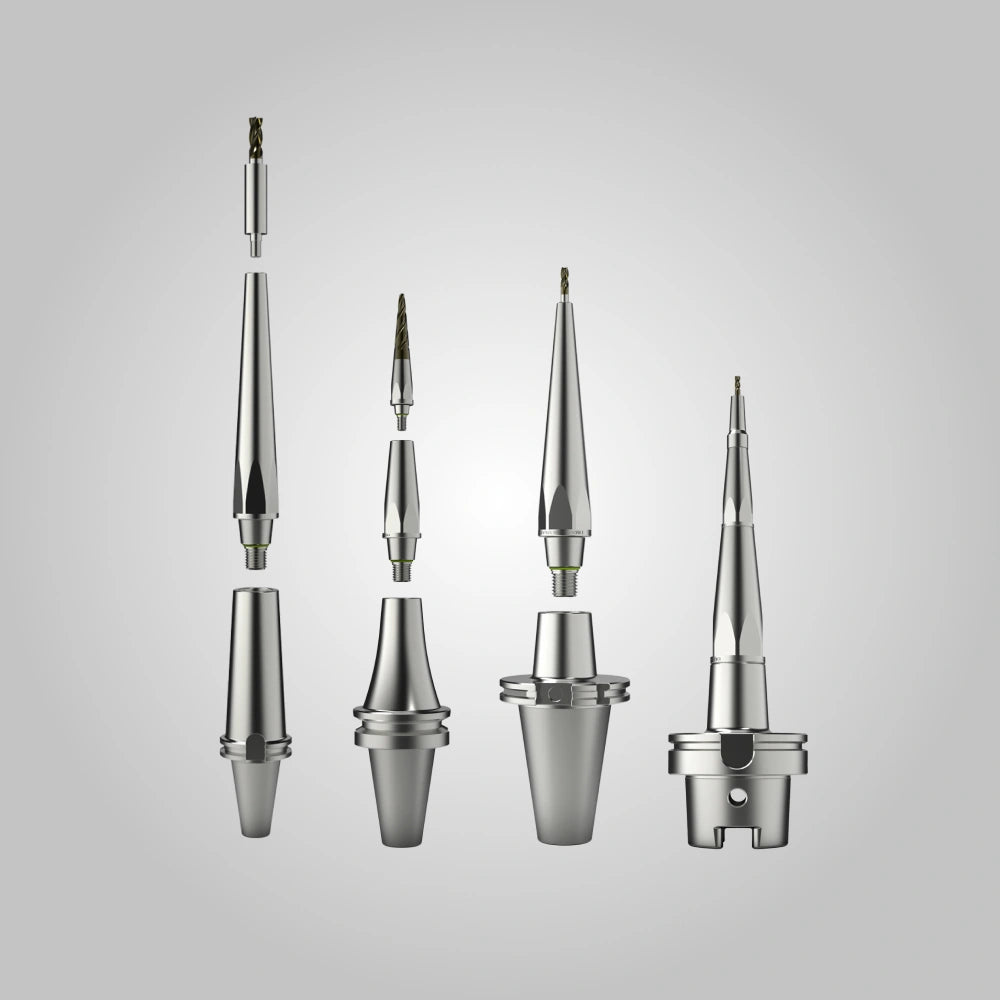
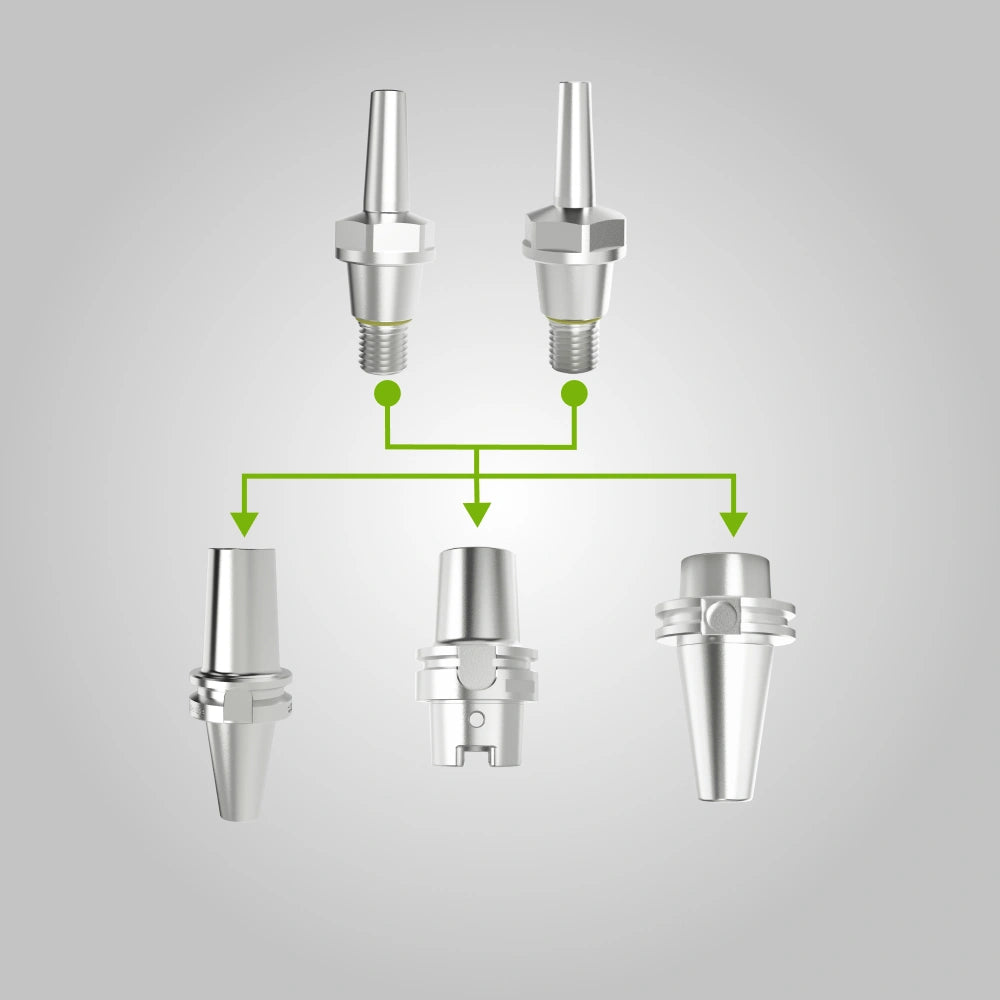
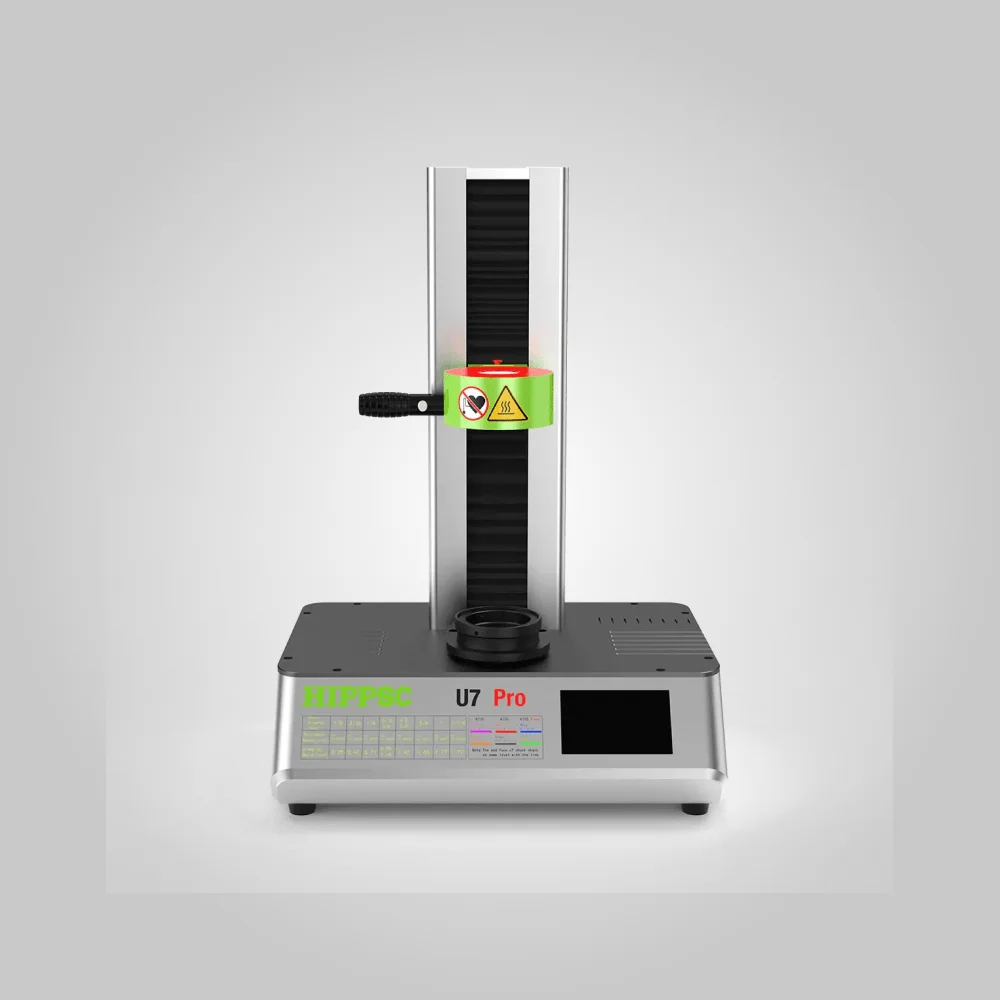
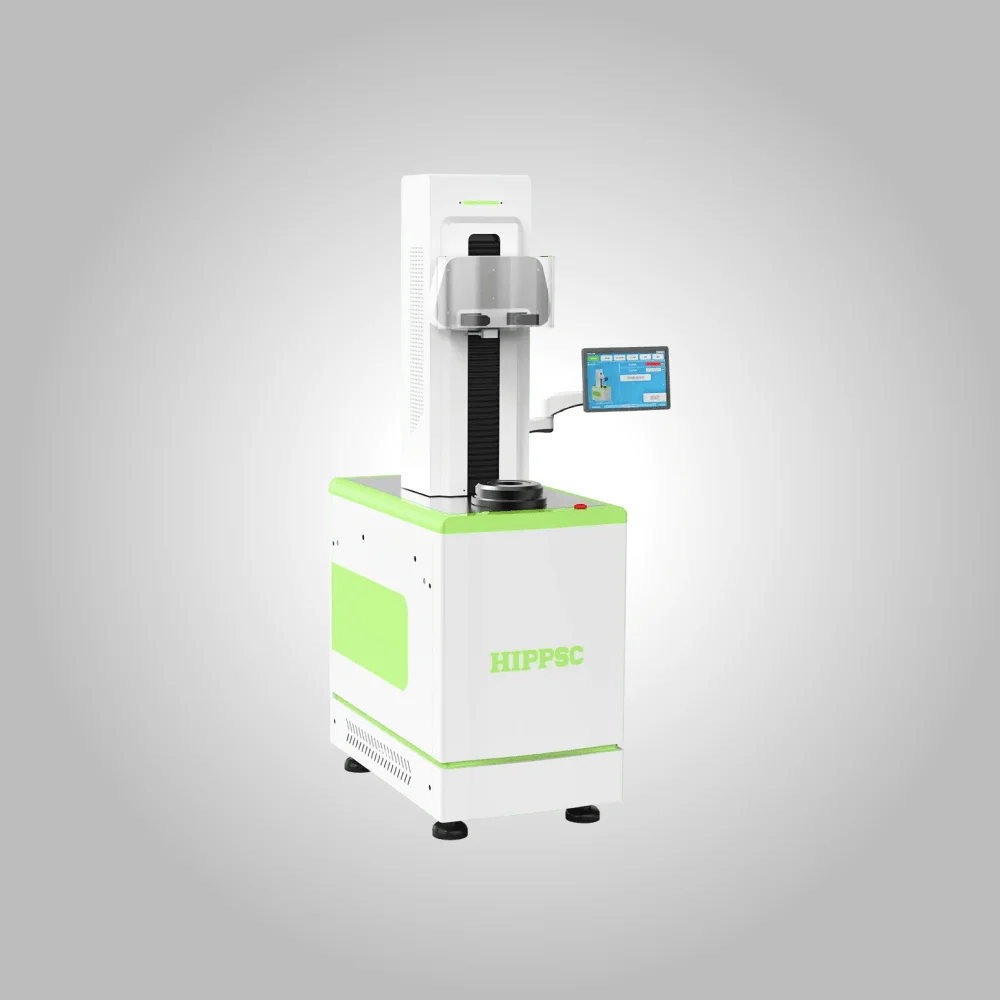
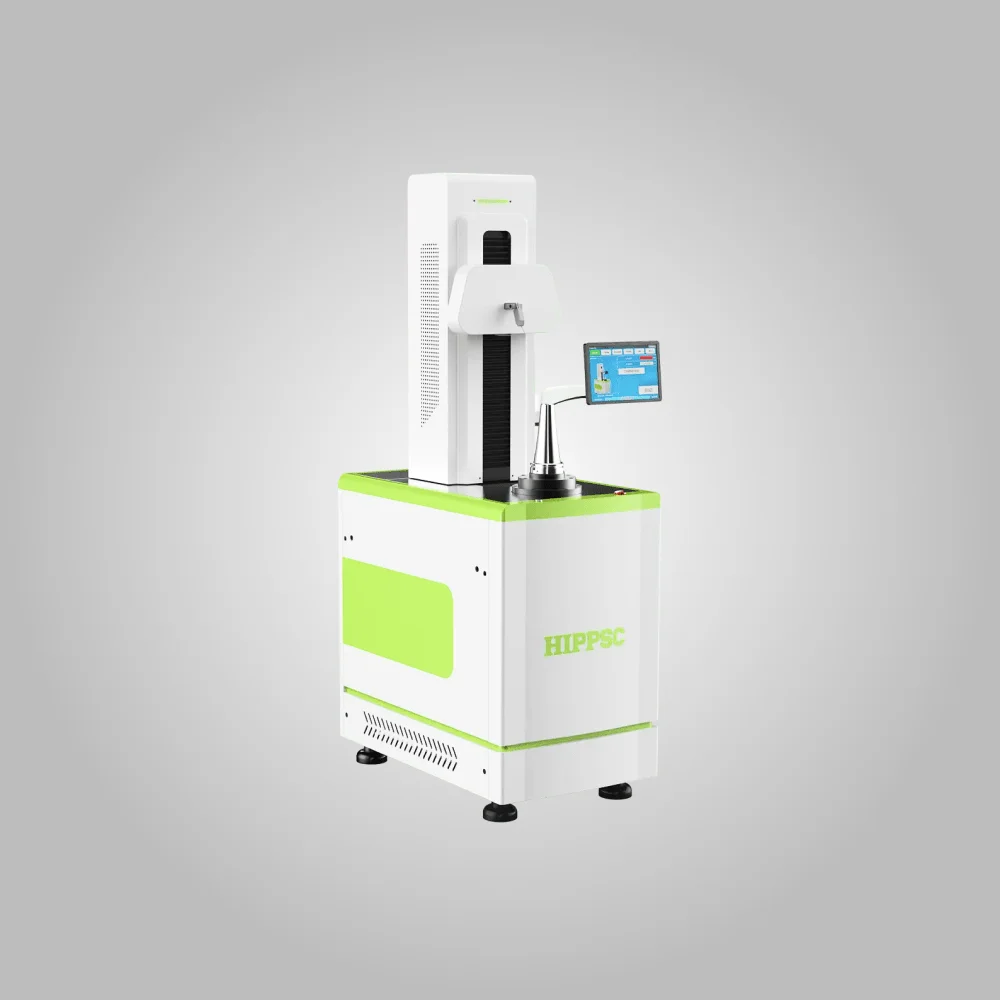
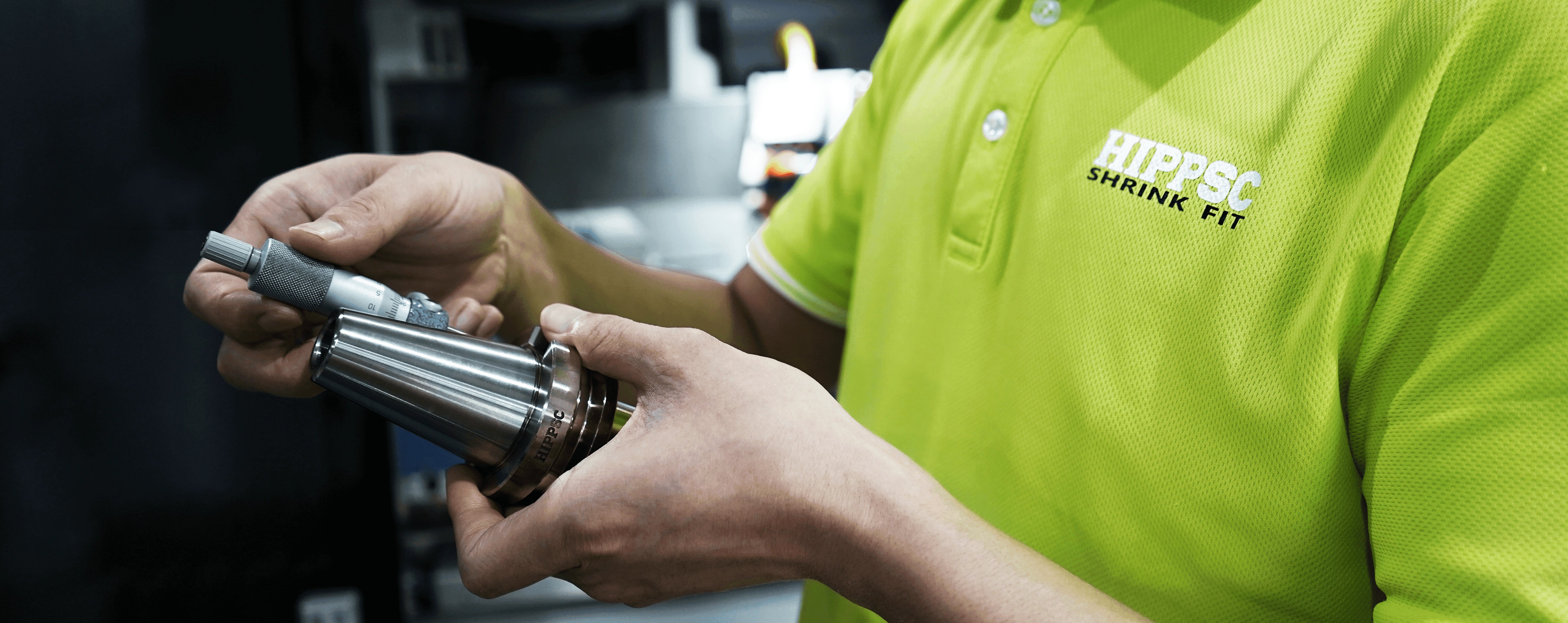
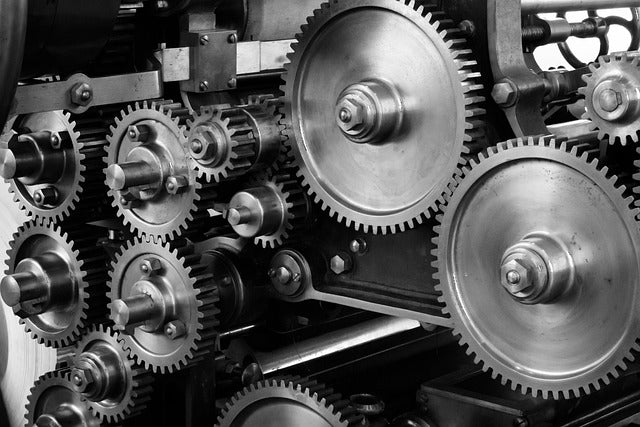
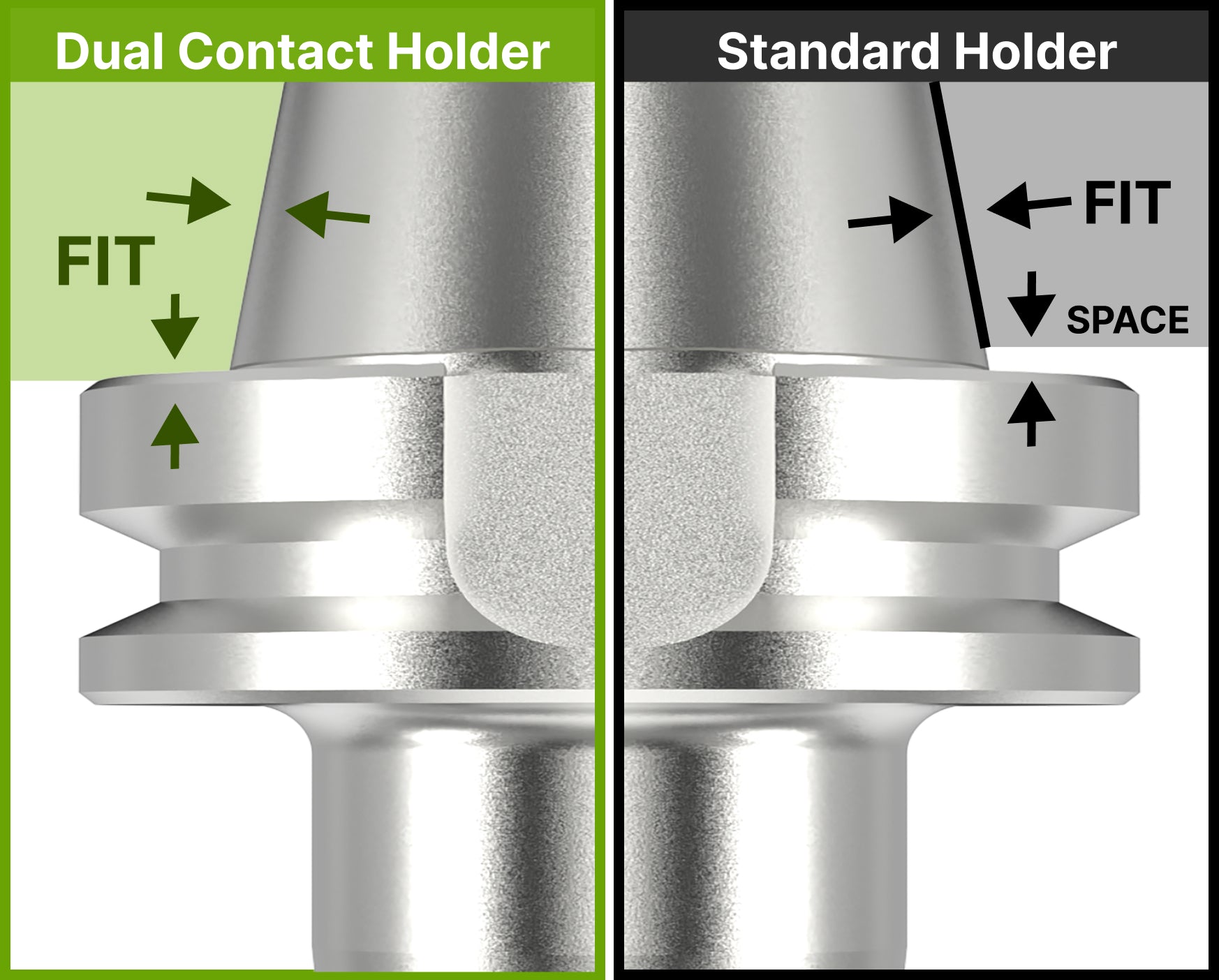
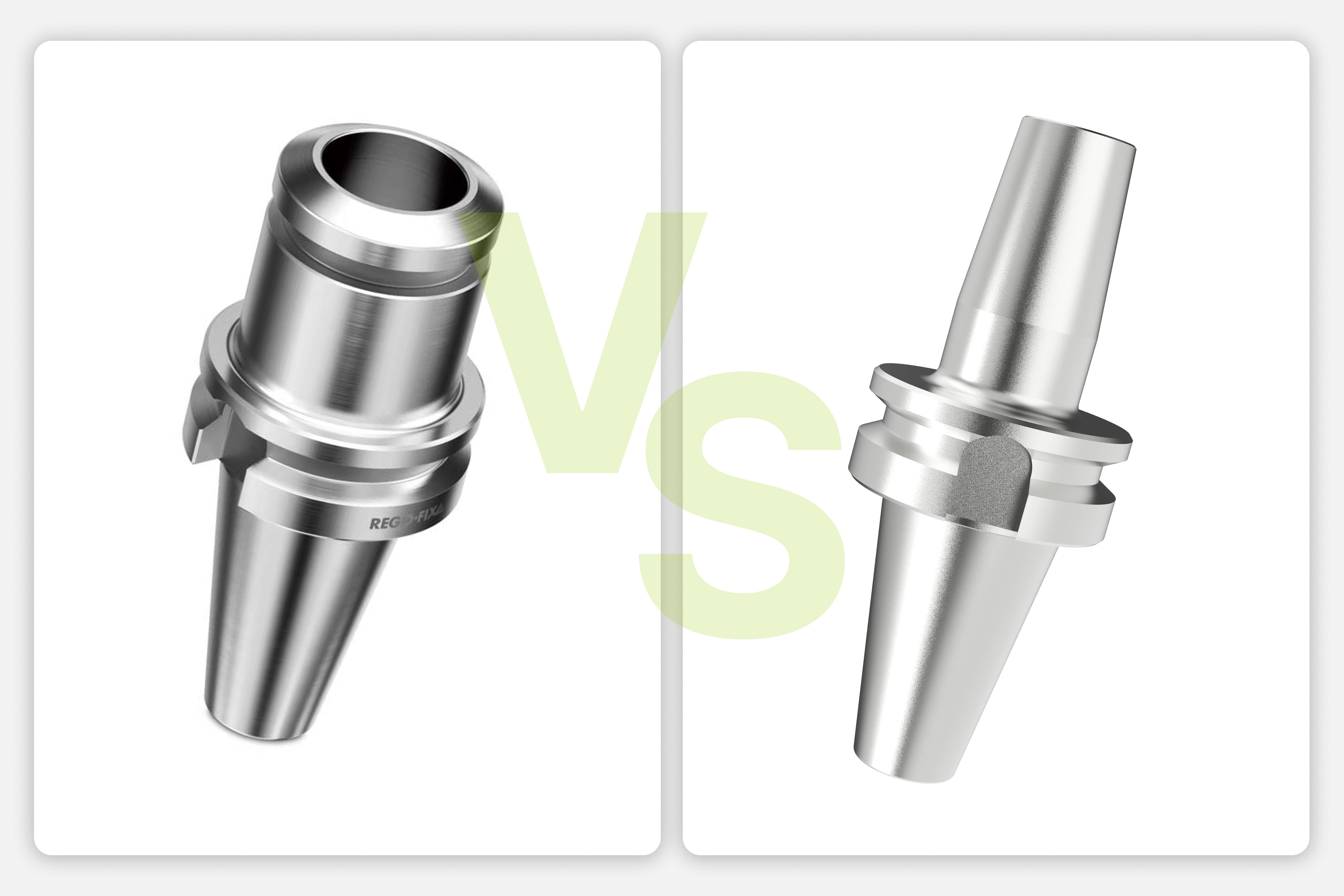
Leave a comment
All comments are moderated before being published.
This site is protected by hCaptcha and the hCaptcha Privacy Policy and Terms of Service apply.